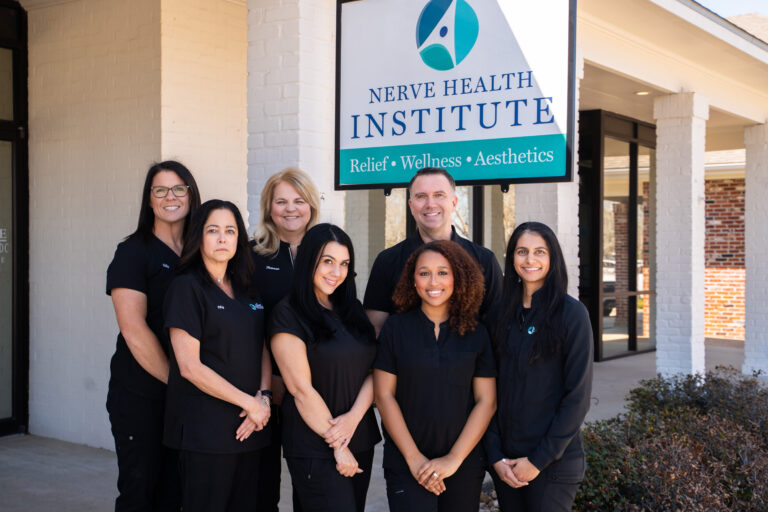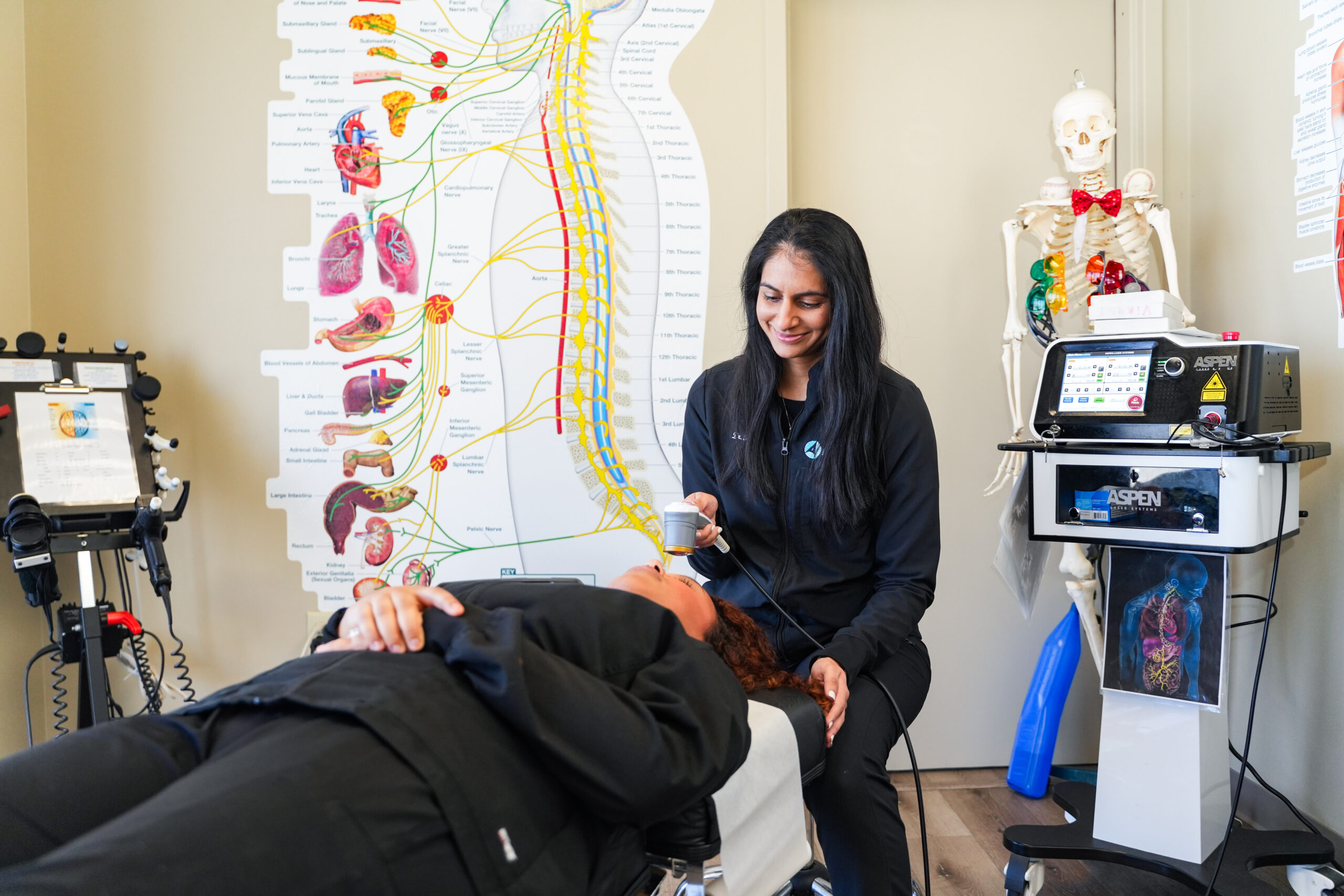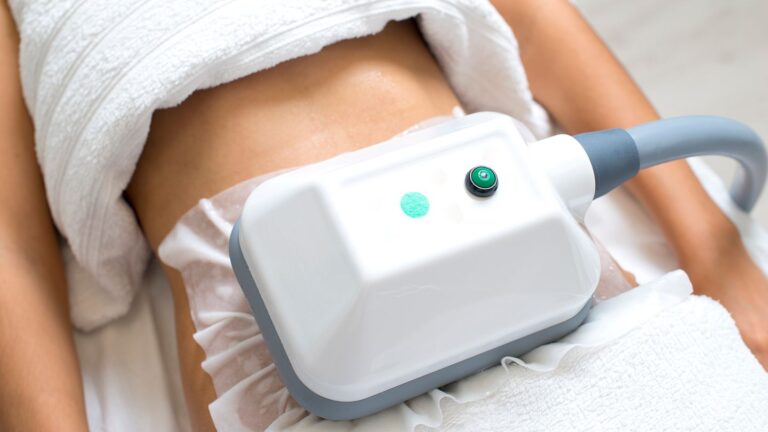Coffee is one of the most traded agricultural products in the world, consuming millions of cups every day across the globe. Behind each cup lies a complex supply chain that impacts environments and communities worldwide. Sustainable coffee practices aim to address these impacts by promoting environmentally friendly growing methods while ensuring fair treatment of farmers and workers.
Environmental impact of coffee production
Traditional coffee growing has evolved dramatically over the past century. Originally grown under forest canopies, many modern operations clear-cut land to maximize sun exposure and yields. The removal of shade trees destroys natural habitats for birds and other wildlife. Monoculture farming depletes soil nutrients faster and increases erosion.
Chemical fertilizers and pesticides contaminate water sources and harm beneficial insects. Sustainable coffee growing returns to shade-grown methods management practices that preserve biodiversity while reducing chemical inputs. These farms often become havens for wildlife, serving as buffer zones between developed areas and protected forests.
Climate considerations and carbon footprint
Coffee plants are particularly vulnerable to climate change, with rising temperatures threatening traditional growing regions worldwide. Ironically, conventional coffee production contributes to this problem through:
- Deforestation releases stored carbon
- Heavy fertilizer use generates greenhouse gases
- Resource-intensive processing methods for wastewater
- Long-distance shipping increases carbon emissions
Best sustainable coffee producers implement practices that actively sequester carbon through agroforestry systems, composting, and renewable energy use in processing facilities. Some even achieve carbon-negative operations, removing more carbon than they produce.
Economic justice in the coffee trade
The coffee industry has historically suffered from extreme price volatility and inequitable profit distribution. While consumers pay premium prices for speciality beverages, farmers often receive pennies per pound for their crops.
Sustainable coffee addresses this imbalance through pricing structures that:
- Establish guaranteed minimum prices regardless of market fluctuations
- Pay premiums for quality and sustainable practices
- Create more direct trading relationships with fewer intermediaries
- Provide access to affordable credit and pre-financing
These economic protections help farming families achieve stable livelihoods, invest in operations, and build resilience against market shocks and climate challenges.
Certification standards and what they mean
Fair Trade certification focuses on economic justice, guaranteeing minimum prices and community development funds. Rainforest Alliance emphasizes environmental protection and wildlife conservation. USDA Organic prohibits synthetic pesticides and fertilizers. Bird Friendly (Smithsonian) requires substantial shade cover and organic practices.
Each certification has different priorities and standards, representing improvements over conventional production. Some small-scale producers practice sustainable methods but cannot afford certification costs, making direct relationships and transparency equally important sustainability indicators.
Taste argument for sustainability
Beyond environmental and social benefits, sustainable coffee often delivers superior flavour. Shade-grown beans mature more slowly, developing more complex sugars and acids. Careful harvesting and processing preserve these qualities, producing cups with distinctive character and depth.
Farms that maintain healthy ecosystems typically produce healthier plants with better resistance to pests and diseases, reducing the need for chemical interventions that can impact flavour. The economic stability provided by sustainable models also allows farmers to invest in quality improvements rather than maximizing volume at quality’s expense.
Choosing sustainable coffee aligns your daily ritual with values that support environmental protection and social justice throughout the supply chain. Each cup represents a moment of enjoyment and a vote for a more equitable and environmentally sound coffee future.













